Despite rave reviews, Idomeneo is not selling at the Met
mainIt’s a slightly better picture than the deserted landscape we posted last week.
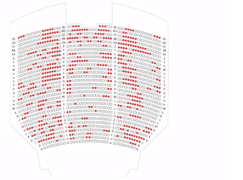
But this is the current state of sales for tomorrow (Monday) night for Idomeneo. The red spots are the seats still available – about one-third of the house.
No wonder they can afford to tell Jonas Kaufmann he’s not really needed.

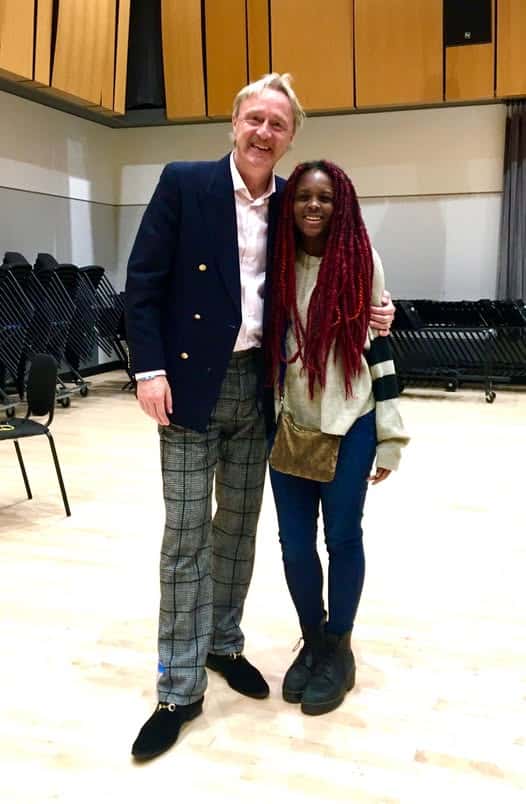
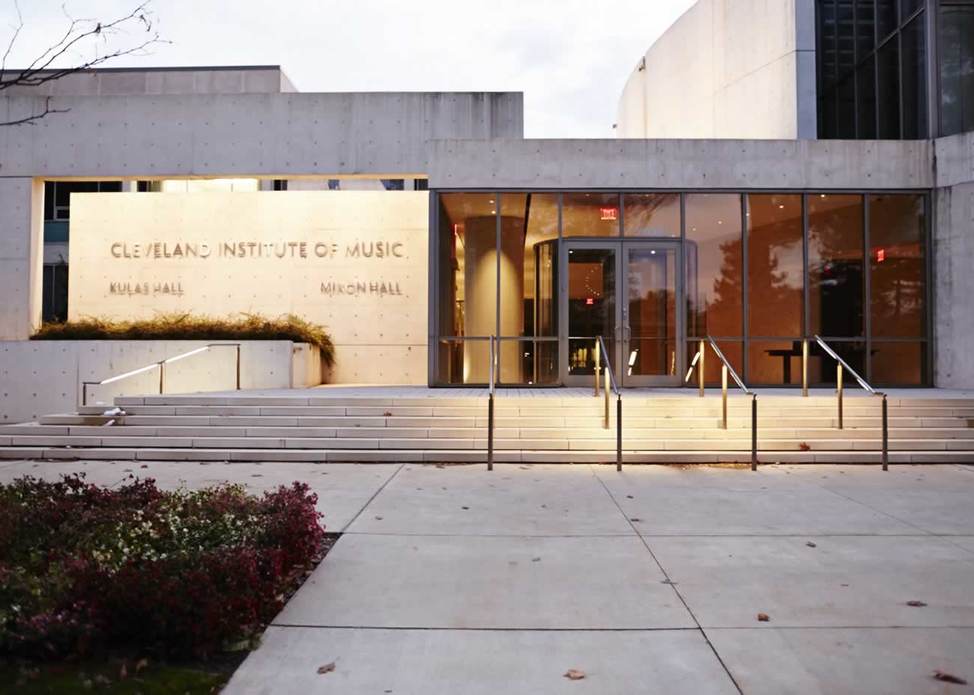
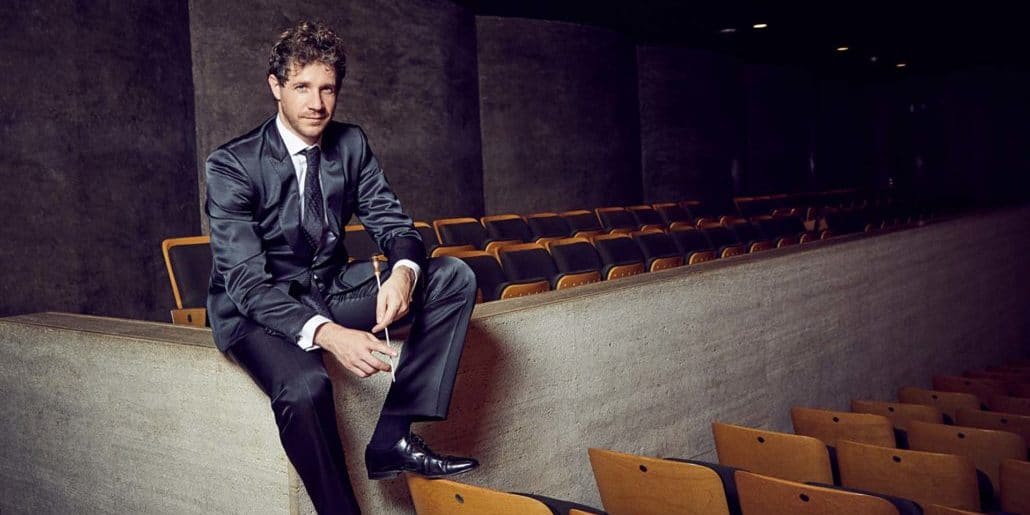
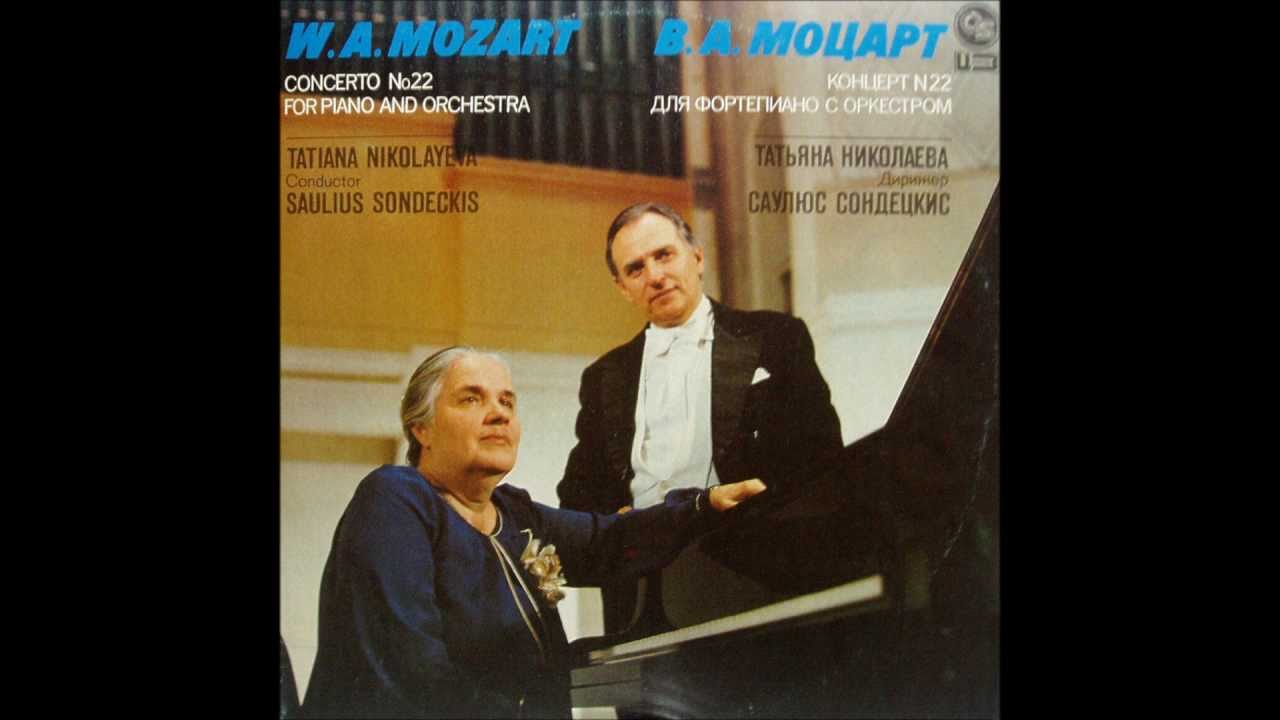
Pretty dismal. And you just wait until “America’s Favorite” is no longer listed in their casts which will be soon. Since there are practically no opera stars left (with good reason), this is the result of laying all your eggs in the proverbial one basket.
Hey Ungeheuer, the Werther nights early this year (which starring star tenor Vittorio Grigolo) were much more abandoned than the Idomeneo ones. I figured that more than half of the orchestra stall was empty on the opening night.
Maybe the music is not modern enough. Maybe New Yorkers feel they are being conservative if listening to music which has no relationship with the symbol of sky scraper modernity which has been such important part of the city’s cultural identity.
Do you have to comment on everything? Even when you, obviously, have nothing relevant to say?
I said it and I’ll say it again: get a life!
Because I was too busy with my life, my PA did some calculations this morning and came up with an average of 87,5 out of the 100 posts on SD on which I appear not to have commented. She singled-out one post where, she finds, I SHOULD have commented but failed to do so. This was the post about the burning question of [redacted] which irritated [redacted] so much. One has to be tolerant, once a time.
What exactly are you trying to prove/achieve here? The MET is not the only house with attendance problems. It’s not Gelb’s fault that the house is too big, however much his artistic policy can rightly be called into question. But It is also – alas – true that too many of his Trumpish audiences subscribe ‘intellectually’ to the ‘star-fucker’ ‘if we ain’t heard of the singer name/composer/work’, we won’t book syndrome.
Get over it. It won’t change.
Everyone should be forced to buy a season, just as the institution is forced to present a season. Six evenings — or don’t bother.
The Met has decent acoustics and is not too large given the size of the metropolis it serves. It needs to be made part of more people’s lives, part of their routine, so it feels like a home from home.
The comment started off well, but couldn’t resist the Trump reference, could you? What he has to do with Idomeneo I’d love to know, but many have a case of Trump on the brain. The Obamas not only did nothing to support classical music, but clearly actively disliked it. Clinton tried to win the election by having rock concert rallies with wretched rock and rap groups. Ok-we have that out of the way.
Yes, music /opera is in trouble everywhere-it’s an old story and a long discussion. I’m not familiar with the elegant term “star-fucker” but if opera had more great voices and vocal personalities it would have higher attendance-but would not solve the problem of younger generations having not the slightest interest in the arts. The house is big, but in an earlier age of great performers and a different public it did very well. I was at Saturday’s HD broadcast (having so many HD venues in the NYC area doesn’t help live attendance) and as with all other classical music events I go to-barely anyone even in their 50’s. Folks in 20 more years most of this will be over anyway-the audience will be dead.
As far as the silly topic about Idomeneo-it is a 4 hr. long opera seria originally composed for castrati. I happen to like it-but it is an acquired taste. If I recall when Levine first revived it Pavarotti was in it-to bring in the bodies, and then Domingo. Strangely they are offering it as an HD. -Talking to the man who manages my venue, (a museum-thank god not a multiplex) he predicted a large drop in attendance in comparison tothe well attended Traviata, despite its mindless Eurotrash production.
The house needs to be gutted, with only the essential inside and outside structures left. Then put in a new auditorium with maximum 2500 seats. The Met is a barn too huge to be sustainable.
The Met auditorium is big because when it was built the company had well over 90% subscription rate for the season and the problem was people who lived outside New York were not able to get good seats and visit the Met. This was not because the new theater was a novelty, either. The same problem existed at the old house. The problem is the decline of the culture, the lack of artists and productions people wanted to hear and see and above all the unaffordable prices. Since the beginning of the season, the HDs have been packed. Not only that but at yesterday’s Traviata I would say a good half of the attendees were under 50 and dozens younger than that.
At the Met itself the acoustics are excellent and has great sightlines. Better than some European houses despite its size.
And you’re going to put up the first $500,000,000 to do that, right?
I really don’t get why people seem to think spending $$ to DECREASE the size of the potential audience (and the Met does regularly, if not usually, sell out its house) will INCREASE the Met’s profit — it won’t, it just would make fuller looking/feeling shows more often and tickets for great shows super scarce (ie, a frustration and poor purpose). It’s nice that they have a flexible size such that it can accomodate smaller and larger audiences; people need to accept sometimes it is a full house, sometimes not, but ##’s similar to Europe when not full
2500 is still too many. It is easier to get a good acoustic in a smaller room. And there is clearly no need for 2500 seats at opera any more — if it comes again, just extend runs..
The Met’s problem right now is providing the overhead for the white elephant of the hall. Which may keep ticket prices unattractively high. Yet they need that revenue. Lower prices and more volume might help.
Extend runs? Ask Nina Stemme how many Brunnhildes she can crank out. Nine? Ten?
Any MET aficionado knows that the best seats for the dollar (in both sight lines and acoustics) are in the dress circle, balcony and family circle sections. Proportionally, more seats have been sold for the Monday performance in these sections than in the acoustically unreliable Orchestra section shown. The front sides of the Orchestra, in particular, suffer from echoes from the opposite side wall and the very rear of the orchestra is under an overhang (which always make for bad acoustics). When the top three levels stop selling for any performance, you know the MET for sure is in big trouble.
Compare the proportions of the Met with those of La Scala, considered an excellent house for singers. The Met distance from stage to stacked top tier is 165′. That of the more cylindrical La Scala is 146′. The Met can house an audience of 3,800 (seated and standing). La Scala can house an audience of 2,030 (seated). As for the other point, about educating the general public about the place opera can occupy in their daily lives, that is precisely the funding the present administration proposes to excise, without anaesthesia and with smirks.
Minor point but the Met seats 3800-and almost 200 standing.
A good point- but even a half filled Met is equal to most European houses sold out-and in some cases it would take 3 sell outs to equal one Met sell out. So a house with 60-70% for an opera like Idomeneo is not bad.
Everyone has strong views on where to sit at the Met-but if you’re out of any overhangs the Parterre boxes, Grand Tier, Dress circle all have great acoustics, and unlike even the front of the Balcony you are so far away (yes acoustics are good) it is like watching singing insects. And at this point of my life I’d take the middle of the orchestra rather than near the ceiling.
Agreed. The best places to sit for stellar sound are in the front rows of the dress circle and balcony. I once sat in the front row of the grand tier for Rigoletto (Damrau, Beczala, Lucic); while the view was excellent, the sound was meh but I’m sure still much better than the Orchestra.
Since we are comparing the Met with La Scala, here’s a quote from someone who opened the new Met house 50 years ago in the title role of “Antony and Cleopatra”:
Justino Diaz says, “The acoustics were wonderful. I love that the voice came back to you, that you had feedback, which makes it easier to sing piano, or mezzo forte, even if at the Met you never see the back wall. At La Scala, it’s like singing into a pillowcase.”
https://www.nytimes.com/interactive/2017/02/24/arts/bette-midler-chris-rock-the-weeknd-u2-joshua-tree-willy-wonka.html?_r=0#id-58ab15d67172df0001a95bc7
Si+tus is absolutely correct about the acoustics, both upstairs and down. Last Friday, the house total was about 2/3rds full. The performance, especially by tenor Pollen+ani in the title role was top-drawer and the orchestra under Levine was eloquent, and in the big third act chorale prayer the playing and singing was so simple, large, direct, and moving that it recalled somehow the work of Klemperer. That said, the opera is, for Mo+art, very uneven, very long, and a hard sell. The Met didn’t perform it until ’82 and Levine is the only conductor who wants to touch it–he has conducted all of its Met performances. A 2/3rds house, all in all, is not too bad.
I imagine that in another twenty years or so there will be those longing for the days when an aging but rejuvenated maestro could bring together a stellar cast of artists for a definitive revival of a less popular but beloved masterpiece – and never once mention how many empty seats there were, or how bad the acoustics were from the side orchestra.
Thank God, (and Levine, Polenzani, Sierra, Coote, van den Heever) for these performances – Those who were there Friday night will not soon forget it.
I think this criticism is a bit unreasonable. For several reasons.
Monday is a week night and the opera with intermissions is four hours long. That makes for a very long evening.
Late Monday NYC is expecting the beginning of a blizzard. And it is VERY cold!
The top of the house is not doing that badly although there are unsold seats. But people paying those prices – $35 and below (for all of the family circle and part of the balcony where the acoustics are far better than in the orchestra) — probably live farther away from the MET than those sitting downstairs so they would arrive home even later.
Many tourists sit in the orchestra section. Idomeneo might not be a big draw for tourists.
Actually in New York Monday night is the traditonal “opera night”.
It is sometimes forgotten that the old Met on 39th Street not only had excellent acoustics (or so I am informed), it had over 3,600 seats along with some standing room. To those planning the Lincoln Center, a capacity of 3,700 or so must have seemed eminently reasonable and perfectly capable of being filled. Pity about the acoustics, though!
Clearly it is now too big. I have not been in the House for almost 40 years but I recall that the performances I attended, including Billy Budd, were packed. When the general decline started, I have no idea. The gradual nationwide aversion to subscription must inevitably have had something to do with it. But none of that excuses the fact that the Board and its appointed Executives have a duty to fill the House in every way possible whilst at the same time as trying as best they can to balance income and expenditure. My comments on the Met’s Board have been expressed on other threads. They should be sacked – the lot of them. The fact that they are mega rich does not qualify wives and widows to be in charge of employing thousands of talented artists and craftsmen, nor to appoint “hip” Chief Executives with no experience in running anything more than the odd Horowitz tour and overseeing a run-down record label.
A lot of people have to be part of the mix when a season’s repertoire is finalised. Marketing and publicity must sign off on the plans whereafter it becomes mostly their job to go out and sell the seats. If they don’t, then their jobs have to be on the line. If it happens regularly, then the Chief Executive’s job should also be on the line. It should be quite simple!
Could it be that the establishment that controls these decisions
is less interested in promoting the arts than in maintaining
the status quo and their own elitism?
Googling the subject I clicked this article:
https://partners.nytimes.com/books/first/l/lebrecht-music.html
It paints a worrying picture.
(Didn’t notice until reading that the article was penned by our own Mr Lebrecht)
If you have not read NL’s books, I thoroughly recommend them for anyone seeking a better understanding of the classical music business, conductors and the recording industry at the end of the last century. Not everyone agrees with all his conclusions but there is so much that is so true. The seeds which were then sewn have been bearing fruit for some time now.
A lucid summary of the situation: “The truth about popular culture”
https://www.youtube.com/watch?v=lyLUIXWnrC0&t=699s
To quote a well-known American political meme, “It’s the economy, stupid!” Around the time that Carville voiced those immortal words during Bubba’s first run, I had a subscription on a distinctly lower-middle-class income. We (my GF and I) actually got tickets for 4 operas in a box. We spent something like 3 or 4 hundred on it, and it was worth every dime. “We have to dress right for this,” she told me. I bought a tux at the Salvation Army, she got herself some ball gowns and it was hilarious fun. We saw Idomeneo too, and though I’m the farthest thing from a musicologist, I finally understood a little what I’d read about it, that it was an insanely revolutionary creation for its time and culture. But the whole experience — some truffled kid our age (20-something) opening the door, helping us out of our coats, hanging them up, and then stepping into the box and seeing everyone down below look up to see what famous people had just entered the box — ah, it was like something out of a Robin Williams fantasy (a guy who also did a show in that building).
Could a couple with zero financial or social distinction still do something like that today? I don’t know, it’s been a long time. All I can tell you is that for a few years, we had a wonderful adventure that included but surpassed the music, and we found a way to pay for it. I don’t know if such a thing is possible anymore.
How can an opera become well known if it’s not performed? Those who have had the privilege of seeing this wonderful piece, brilliantly performed (especially by Matthew Polenzani) and conducted (Levine) will never forget it.
Welp. I’m going tonight!!
Heyyyy!! :)))
Charles Rosen calls Idomeneo “a masterpiece, which Mozart was to equal musically but never to surpass.” Indeed, its appearance a staid dull opera seria is shattered at first hearing. Musically, it represents the culmination of Mozart’s development into maturity, with a complete mastery of every previous style that he had obsorbed -the galant style, Gluck’s opera reform, French opera, etc. Indeed, it is one of Mozart’s most extravagant operas, conceptually and musically. Maybe the late Mozartian sound, ensemble writing, dramatic pacing of the Da Ponte operas and Die Zauberflote does not quite shine through here, but the degree of musical inspiration that he could achieve in “not quite his own style” is taken as far as possible. It shows all previous classical era composers, “I can do what you do, just a whole lot better.” It dwarfs any previous classical opera written up to that point. I think that a problem that people have with this opera is that it is both too extravagant and too modern for conservative tastes. The linking of the arias with recitatives, as well as the frequent choruses and ballet music, come as a shock to those who are used to Mozart’s other operas.
Let me describe just a few interesting moments. Act 1, the immediate transition from Electra’s rage aria to the sailor’s contrapuntal chorus on the raging sea is a brilliant move on Mozart’s part, providing a dramatic juxtaposition of the two forms of rage. Act 2, Ilia’s aria with concertante flute, oboe bassoon, and horn. Act 3, the famous quartet, which may not have the dynamic movement of Mozart’s later ensembles, thanks to Da Ponte, but is certainly a beautiful number in its own right. Finally, the closing chaconne, which illustrates Mozart’s gift for melodic profusion and has what is probably the most climactic ending written up to that time. Idomeneo is a rite of passage, marking an end to Mozart’s youthful development, and the beginning of his maturity.